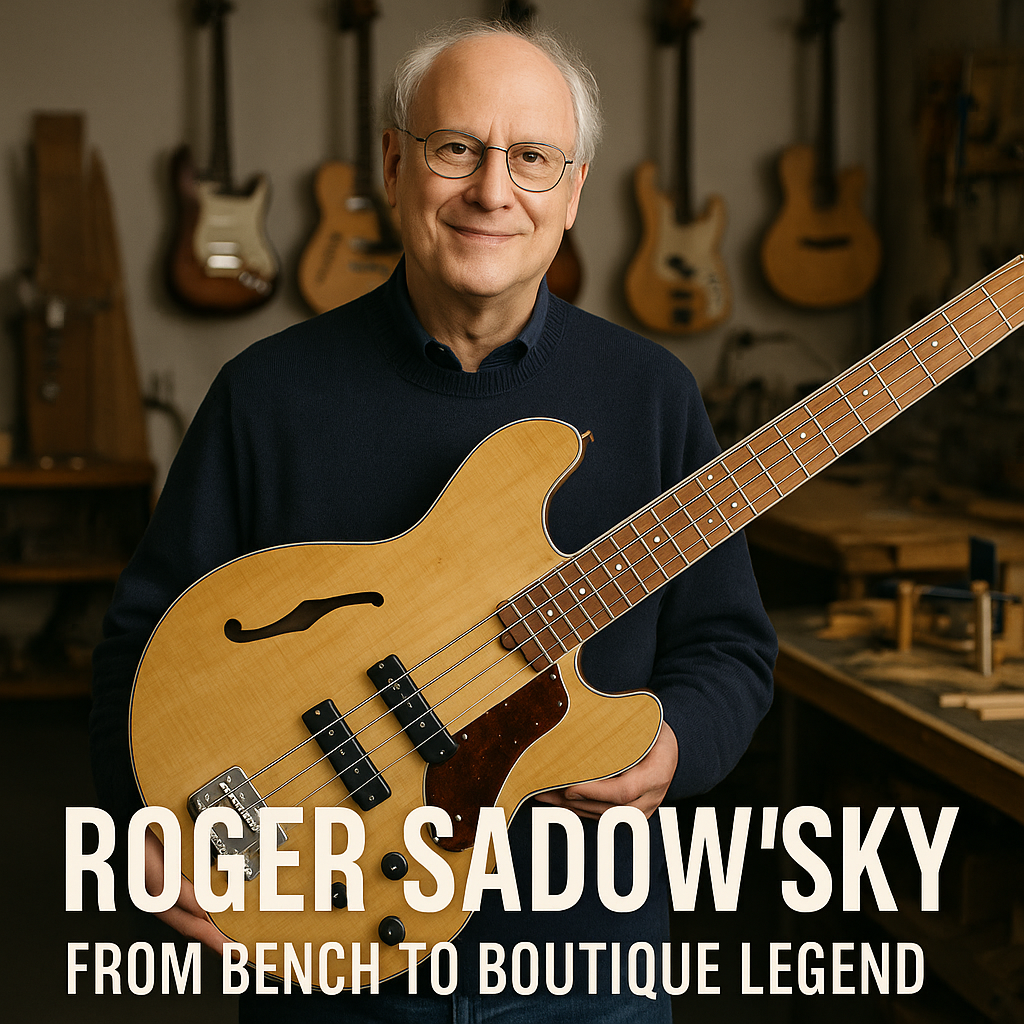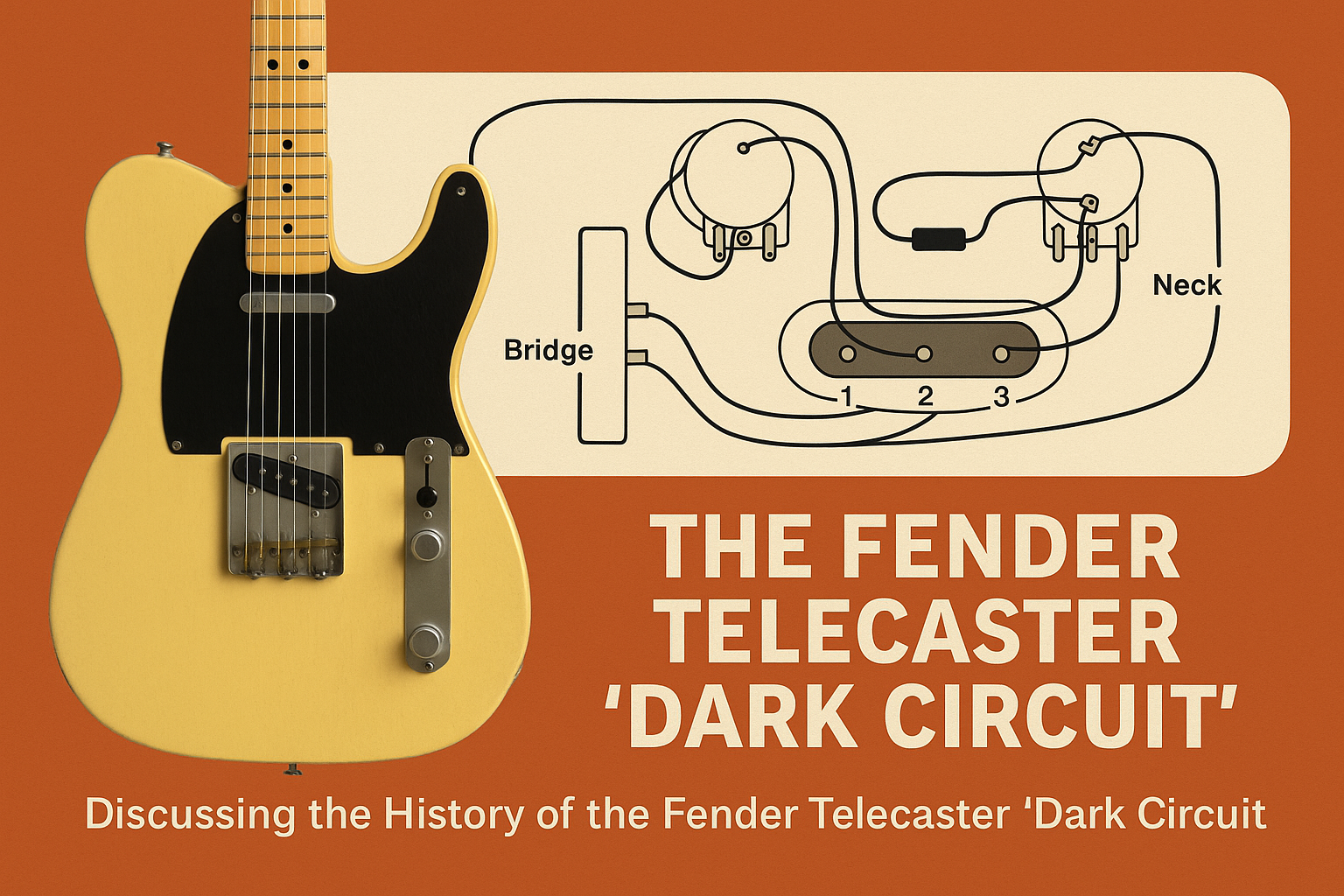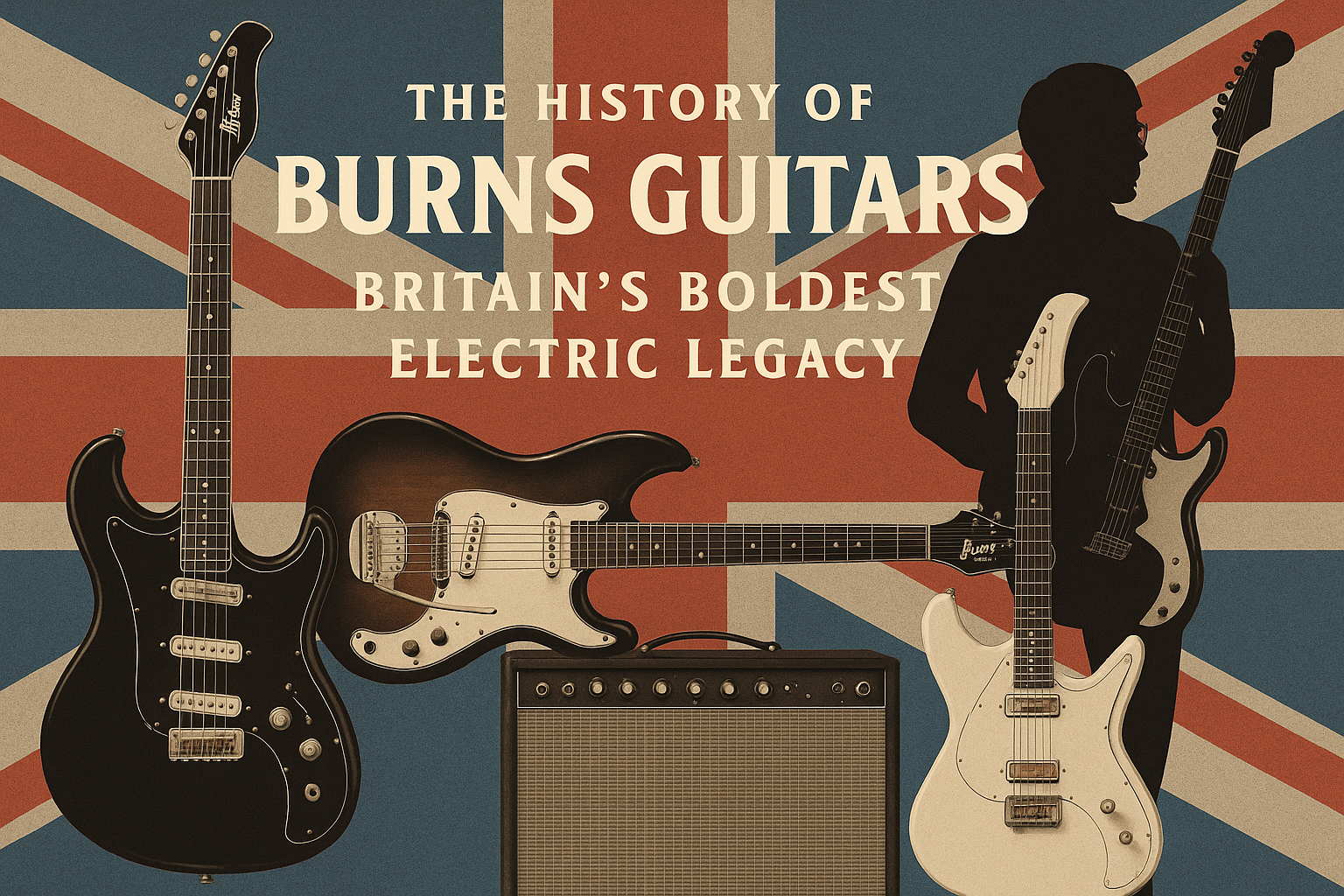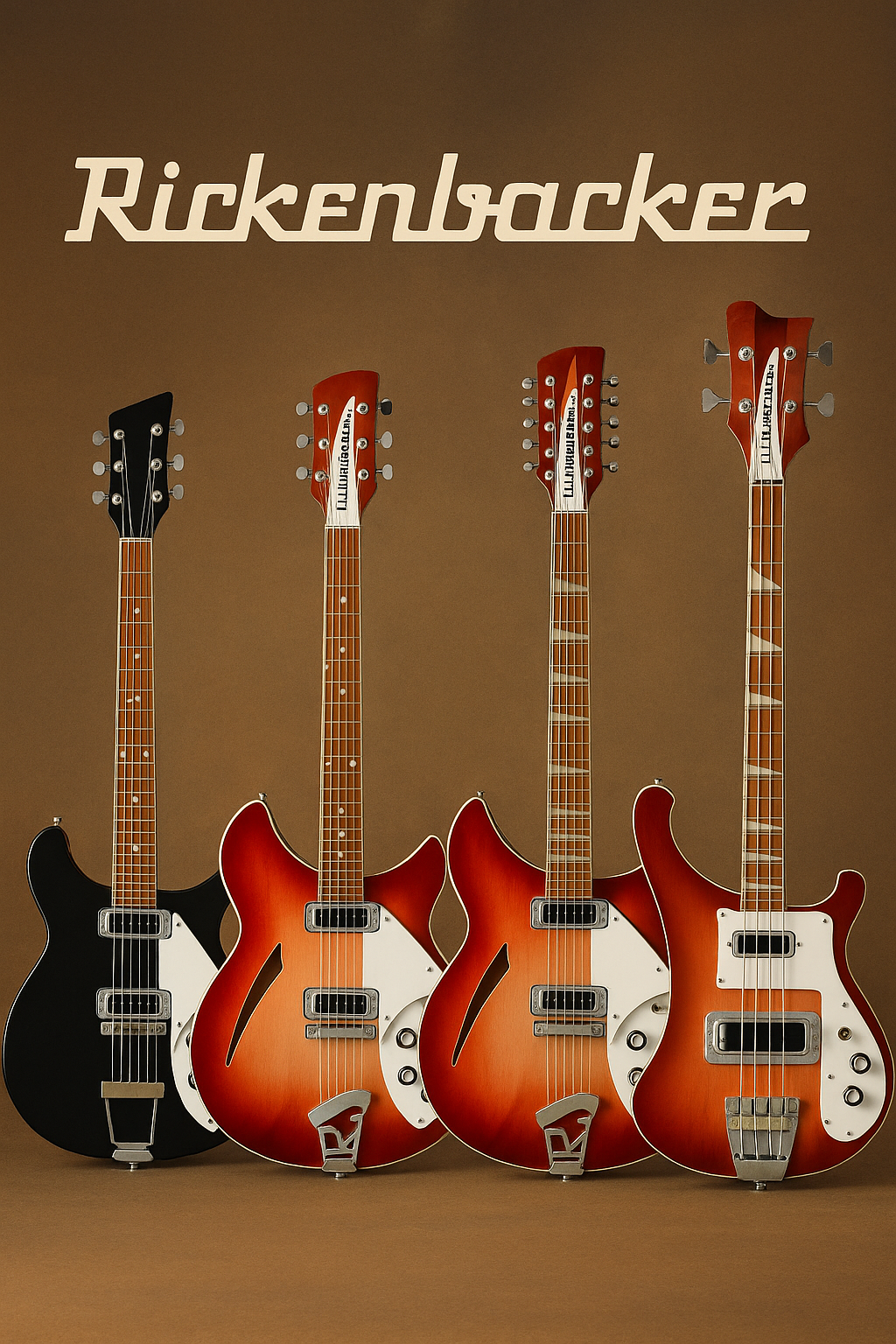The Fender Telecaster—introduced in the early 1950s—was already an icon by the time the 1960s rolled in. Known for its bright, cutting tone and revolutionary solid-body design, it had become a staple for country, rock, and blues musicians. However, one of the most significant turning points in the Telecaster’s history occurred in 1965, when Leo Fender sold Fender Musical Instruments Corporation to the Columbia Broadcasting System (CBS). This moment marked the beginning of a new era, one characterised by a mix of innovation and controversy.
Pre-CBS (Early 1960s): Refinement, Not Reinvention
Before CBS took the reins, Fender was already refining its guitars. The Telecaster saw minor changes aimed at improving functionality and playability:
-
Slab Rosewood Fretboard: Starting in 1959 and continuing into the early 60s, Fender began using slab rosewood fretboards instead of the one-piece maple necks.
-
Transition to Veneer Board: Around 1962–63, the slab board transitioned to a curved, thinner veneer rosewood fretboard.
-
“Spaghetti” Logo: Fender guitars sported a thin, metallic-looking decal on the headstock, now affectionately known as the “spaghetti logo.”
These were evolutionary tweaks rather than dramatic redesigns—reflecting Fender’s desire to improve without alienating its customer base.
CBS Takes Over (1965): Mass Production and Design Shifts
When CBS acquired Fender in January 1965, the company’s strategy shifted from boutique innovation to corporate scalability. While the Telecaster retained much of its core identity during the remainder of the 1960s, several notable changes occurred—some subtle, others more contentious.
1. Larger Headstock Logo
CBS introduced a larger, bolder “transition” logo in late 1965. This decal was less elegant but easier to read from a distance—perhaps a marketing move to increase brand visibility on stage.
2. Polyurethane Finishes
CBS-era Fenders gradually moved from nitrocellulose lacquer to thicker polyurethane finishes. While polyurethane was more durable and cost-effective, many players and collectors argue that it negatively impacted the instrument’s resonance and aging aesthetic.
3. Changes to Neck Profile and Construction
-
Fender moved toward heavier neck profiles and more consistent CNC-routed neck shapes to facilitate mass production.
-
The neck pocket tolerances reportedly became looser, leading to a slight decline in build precision compared to the pre-CBS era.
4. Hardware and Electronics Adjustments
Although the Telecaster’s electronics remained largely the same during the late 60s, CBS-era guitars began showing minor inconsistencies in pickup output and hardware plating quality. These weren’t radical changes, but they became part of the mounting critique among professional players who noticed differences in quality control.
5. Three-Bolt Neck and Bullet Truss Rod (Just After the ’60s)
While this change technically happened in the early 1970s, the seeds were planted in the CBS years. The switch from the traditional four-bolt neck to a three-bolt system with a micro-tilt adjustment, and the introduction of the “bullet” truss rod, were emblematic of CBS’s engineering-focused, cost-cutting philosophy.
Cultural Perception: The “Pre-CBS” Obsession
By the end of the 1960s, Fender instruments were still widely used and respected, but a growing number of musicians and collectors began distinguishing between “pre-CBS” and “CBS-era” guitars. That distinction eventually evolved into a kind of vintage guitar folklore, with pre-1965 Telecasters commanding significantly higher prices and prestige.
Conclusion: A Decade of Transition
The 1960s were a defining period for the Fender Telecaster. Under Leo Fender’s stewardship, the Tele was a marvel of form-meets-function. Under CBS, it became a mass-market commodity—still iconic, but increasingly polarising. While many CBS-era Teles from the late 60s are excellent instruments in their own right, the shift toward corporate efficiency often came at the cost of the hands-on craftsmanship that had built Fender’s name.
Today, those post-1965 changes offer a snapshot of what happens when art meets industry. Whether you prefer the raw edge of a pre-CBS Tele or appreciate the evolution of the late ’60s models, the story of the Telecaster in this decade is an essential chapter in the history of the electric guitar.









